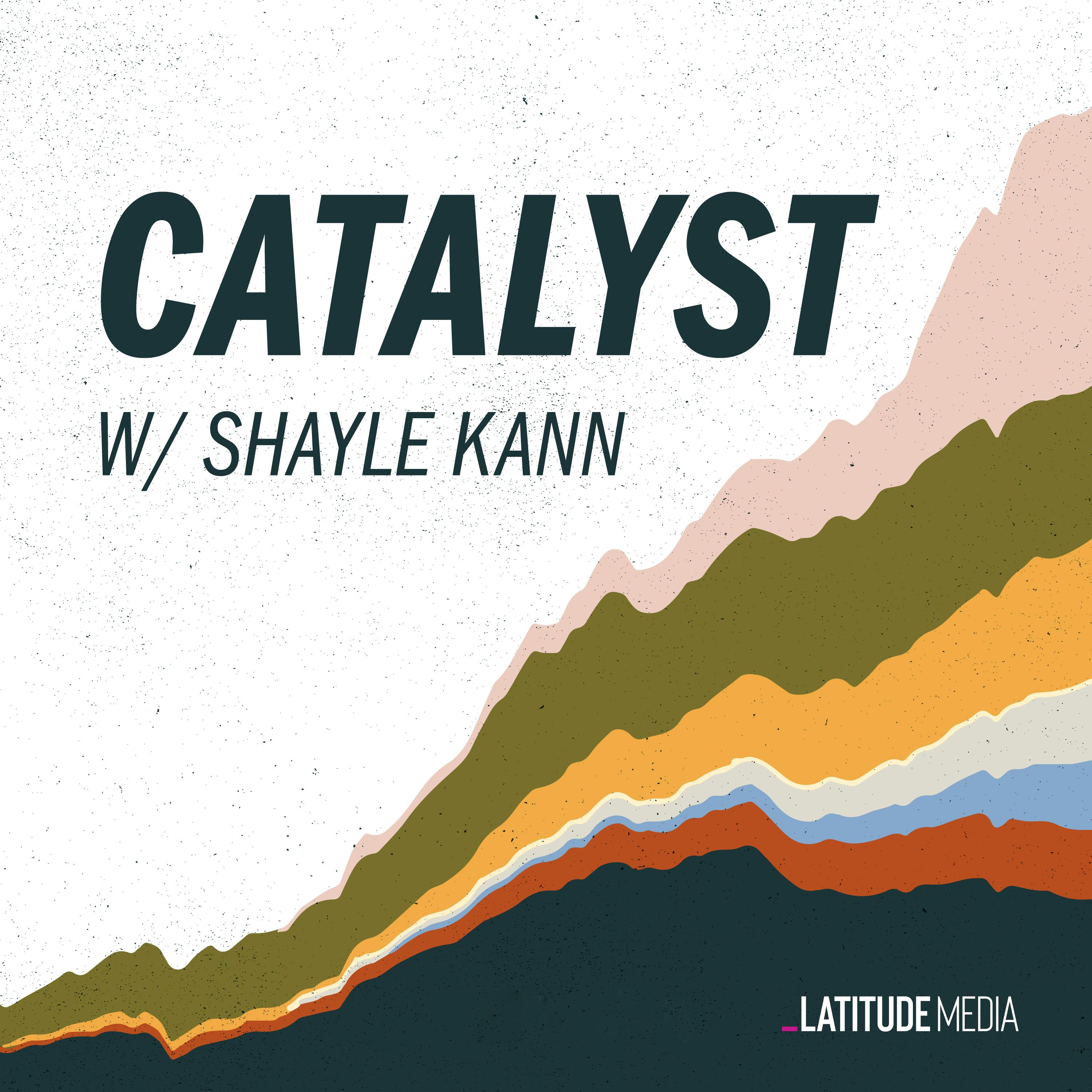Ammonia: the beer of decarbonization
Description
Editor’s note: There’s some big money flowing into low carbon ammonia right now. Last week, the U.S. Department of Energy announced a $1.56 billion conditional loan guarantee for Wabash Valley Resources, an Indiana low-carbon ammonia facility. In August, oil and gas producer Woodside Energy spent $2.35 billion on a low-carbon ammonia plant in Texas. Both of these facilities will produce low-carbon ammonia while using carbon capture and storage. We thought it would be a good time to revisit an episode with Julio Friedmann, chief scientist at Carbon Direct. He explains how ammonia could be used as a low-carbon fuel in everything from ships to heavy industry.
The irony of ammonia is that it accounts for a whopping 2% of global emissions, but it could also become an important low-carbon fuel.
It’s the primary ingredient in agricultural fertilizer. But when combusted, it also emits no carbon, making it a promising low-carbon fuel, too — for ships, heavy industry, and even thermal power plants.
But making the stuff takes massive amounts of energy, and ammonia’s feedstocks – hydrogen and nitrogen – also require energy.
So what would it take to slash emissions from ammonia production? And how would we actually use ammonia as a low-carbon fuel?
In this episode, Shayle talks to Julio Friedmann, chief scientist at Carbon Direct. Julio and a team of colleagues just co-authored a report on low-carbon ammonia for the Innovation for Cool Earth Forum.
They cover topics like:
Why some countries like Japan, Singapore, and Korea are especially interested in developing ammonia infrastructure
How ammonia compares to other low-carbon fuels like methanol and hydrogen
How we would need to retrofit coal and gas power plants to co-fire with ammonia
Addressing ammonia’s corrosion and toxicity issues
The areas that need more research, such as ammonia’s impact on air quality and radiative forcing
Key constraints like human capital and infrastructure
Recommended Resources:
Innovation for Cool Earth Forum: Low-Carbon Ammonia Roadmap
Canary: Watch this TED talk to get up to speed on green ammonia and shipping
Canary: The race is on to build the world’s first ammonia-powered ship
Chemical & Engineering News: Will Japan run on ammonia?
Catalyst is brought to you by Kraken, the advanced operating system for energy. Kraken is helping utilities offer excellent customer service and develop innovative products and tariffs through the connection and optimization of smart home energy assets. Already licensed by major players across the globe, including Origin Energy, E.ON, and EDF, Kraken can help you create a smarter, greener grid. Visit kraken.tech.
Catalyst is brought to you by Anza, a revolutionary platform enabling solar and energy storage equipment buyers and developers to save time, increase profits, and reduce risk. Instantly see pricing, product, and counterparty data and comparison tools. Learn more at go.anzarenewables.com/latitude.
Catalyst is brought to you by Antenna Group, the global leader in integrated marketing, public relations, creative, and public affairs for energy and climate brands. If you're a startup, investor, or enterprise that's trying to make a name for yourself, Antenna Group's team of industry insiders is ready to help tell your story and accelerate your growth engine. Learn more at antennagroup.com.
More Episodes
Shayle and his team at Energy Impact Partners (EIP) review a lot of climate-tech pitches. The best kind of pitch uses a solid techno-economic analysis (TEA) to model how a technology would compete in the real world. In a previous episode, we covered some of the ways startups get TEAs wrong — bad...
Published 11/21/24
Oh, the heat pump — a climate tech darling that still hasn’t hit the big time yet. One challenge for heat pumps is that the customer experience can be difficult, involving a complex installation process, poor installation jobs, and even technicians that don’t want to sell you one.
What’s it going...
Published 11/14/24
Published 11/14/24


